Baltimore is the most populous city in the state of Maryland, in the United States.

The Seven Foot Knoll Light was built in 1855 and is the oldest screw-pile lighthouse in Maryland. It was located atop Seven Foot Knoll in the Chesapeake Bay until it was replaced by a modern navigational aid and relocated to Baltimore's Inner Harbor as a museum exhibit.

The third USS Water Witch was a wooden-hulled, sidewheel gunboat in the United States Navy during the American Civil War. She is best known as the ship fired on by Paraguay in 1855. In 1864 she was captured by the Confederate States Navy, and subsequently was taken into that Navy as CSS Water Witch.
USS John Hancock was an armed steam tug in the United States Navy during the 1850s. She was named for Founding Father John Hancock and saw action against rioters in Massachusetts, filbusters in Cuba, rebels in China, and Native Americans in the Washington Territory. She took part in a hydrographic surveying expedition to East Asia and the Pacific Ocean.

Elisha Kent Kane was a United States Navy medical officer and Arctic explorer. He served as assistant surgeon during Caleb Cushing's journey to China to negotiate the Treaty of Wangxia and in the Africa Squadron. He was assigned as a special envoy to the United States Army during the Mexican–American War and as a surveyor in the U.S. Coast Survey.
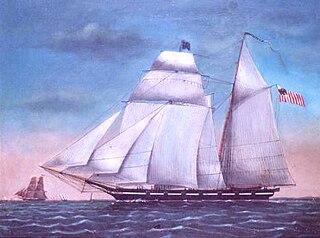
The United States Revenue Cutter Taney was one of the 13 cutters of the Morris-Taney class. These cutters were the backbone of the Revenue Cutter Service for more than a decade. Samuel Humphreys designed these cutters for roles as diverse as fighting pirates, privateers, combating smugglers and operating with naval forces. He designed the vessels on a naval schooner concept. They had Baltimore Clipper lines. The vessels built by Webb and Allen, designed by Isaac Webb, resembled Humphreys' but had one less port.

The current Egmont Key Light dates from 1858. It is the oldest structure in the Tampa Bay area still used for its original purpose.
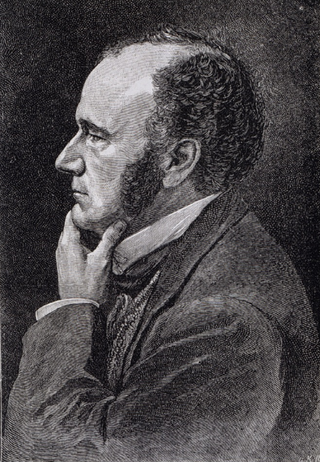
Carlile Pollock Patterson was the fourth superintendent of the United States Coast and Geodetic Survey. He was born in Bay St. Louis, Mississippi, the son of Commodore Daniel Todd Patterson. He was appointed a midshipman in the United States Navy in 1830. He studied Civil Engineering at Georgetown College, graduating in 1838, and returned to the Navy, assigned to work with the U.S. Coast Survey. He left the Navy in 1853 and captained mail steamers in the Pacific Ocean. In 1861, as a civilian, he was appointed as Hydrographic Inspector of the U.S. Coast Survey. In 1874, he was made Superintendent of the U.S. Coast Survey, a position he held until his death. In 1880, he was elected as a member to the American Philosophical Society.

The United States Revenue Cutter Wolcott was one of 13 revenue cutters of the Morris-Taney Class to be launched. Named after Secretaries of the Treasury and Presidents of the United States, these cutters were the backbone of the United States Revenue-Marine for more than a decade. Samuel Humphreys designed these cutters for roles as diverse as fighting pirates, privateers, combating smugglers and operating with naval forces. He designed the vessels on a naval schooner concept. They had Baltimore Clipper lines. The vessels built by Webb and Allen, designed by Isaac Webb, resembled Humphreys' but had one less port.
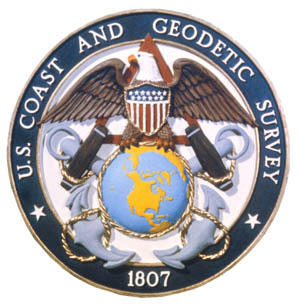
The United States Coast and Geodetic Survey, known from 1807 to 1836 as the Survey of the Coast and from 1836 until 1878 as the United States Coast Survey, was the first scientific agency of the United States Government. It existed from 1807 to 1970, and throughout its history was responsible for mapping and charting the coast of the United States, and later the coasts of U.S. territories. In 1871, it gained the additional responsibility of surveying the interior of the United States and geodesy became a more important part of its work, leading to it being renamed the U.S. Coast and Geodetic Survey in 1878.

Active was a survey ship that served in the United States Coast Survey, a predecessor of the United States Coast and Geodetic Survey, from 1852 to 1861. Active served on the U.S. West Coast. She conducted the Coast Survey's first reconnaissance from San Francisco, California, to San Diego, California, in 1852. Active sometimes stepped outside her normal Coast Survey duties to support U.S. military operations, serving as a troop transport and dispatch boat during various wars with Native Americans and during the San Juan Islands "Pig War" with the United Kingdom in 1859. She also rushed Union troops to Los Angeles, California, in 1861 during the early stages of the American Civil War.
USCS Varina was a schooner that served as a survey ship in the United States Coast Survey, a predecessor of the United States Coast and Geodetic Survey, from 1854 to 1875.
USCS Madison was a schooner that served as a survey ship in the United States Coast Survey from 1850 to 1858. She was named for Founding Father and U.S. president James Madison.
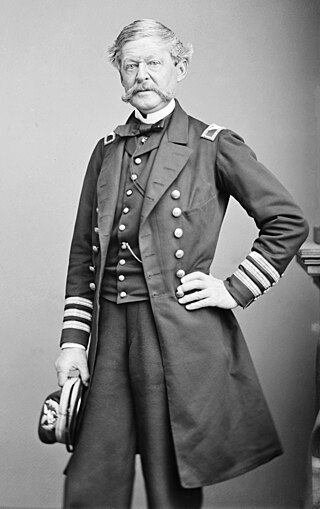
Cadwalader Ringgold was an officer in the United States Navy who served in the United States Exploring Expedition, later headed an expedition to the Northwest and, after initially retiring, returned to service during the Civil War.

The first USC&GS Explorer was a steamer that served as a survey ship in the US Coast & Geodetic Survey (USCGS) from 1904-1939 with brief time 1918-1919 assigned to Navy for patrol in Alaskan waters. After initial service in the Atlantic the ship transferred to Seattle in 1907 to begin survey work in Alaskan waters during summer and more southern waters in winter. On return from the Navy the ship was condemned and due to be sold. Instead the ship was retained as a survey vessel into the fall of 1939 and existed into World War II when it saw service with the United States Army Corps of Engineers as Atkins.
The second USS Phoenix was a schooner which served in the United States Navy from 1841 to 1853, seeing service in the Second Seminole War and the Mexican War.
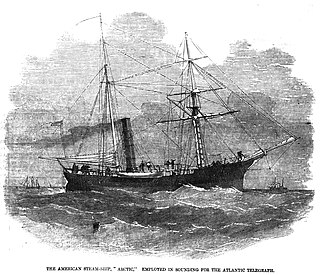
The first USS Arctic was a steamer in commission in the United States Navy from 1855 to 1856 and from 1858 to 1859. She also served in the United States Coast Survey as a survey ship from 1856 to 1858, and with the United States Lighthouse Board as a lightship from 1859 to 1879.
USRC Jefferson was a three-masted, coal-fired steamship built for the US Revenue Cutter Service in 1845 and named for Founding Father and third U.S. president Thomas Jefferson. Her design and construction were advanced and experimental for her time. Her hull was made of riveted iron plates, rather than wood planks. She was fitted with experimental propellers rather than paddlewheels, but was still expected to sail. Like many early attempts at new technology, the ship was an operational failure. She was slow and subject to mechanical breakdowns. Originally expected to patrol Lake Ontario for smugglers from Canada, it became clear that she was not going to be able to catch them.
John Alexander Robb, was a 19th-century prominent shipbuilder at Fell's Point, Baltimore. He had his own shipyard, which became noted for fast sailing Baltimore Clippers. He was an apprenticeship under shipbuilder Henry Eckford. Abolitionist Frederick Douglass, as a young man, worked at the John A. Robb shipyard as a caulker for several years. Robb built the steamship Pulaski, that was lost off Cape Lookout in the 1838 Steamship Pulaski disaster. Robb died in Baltimore, Maryland, in 1867.










